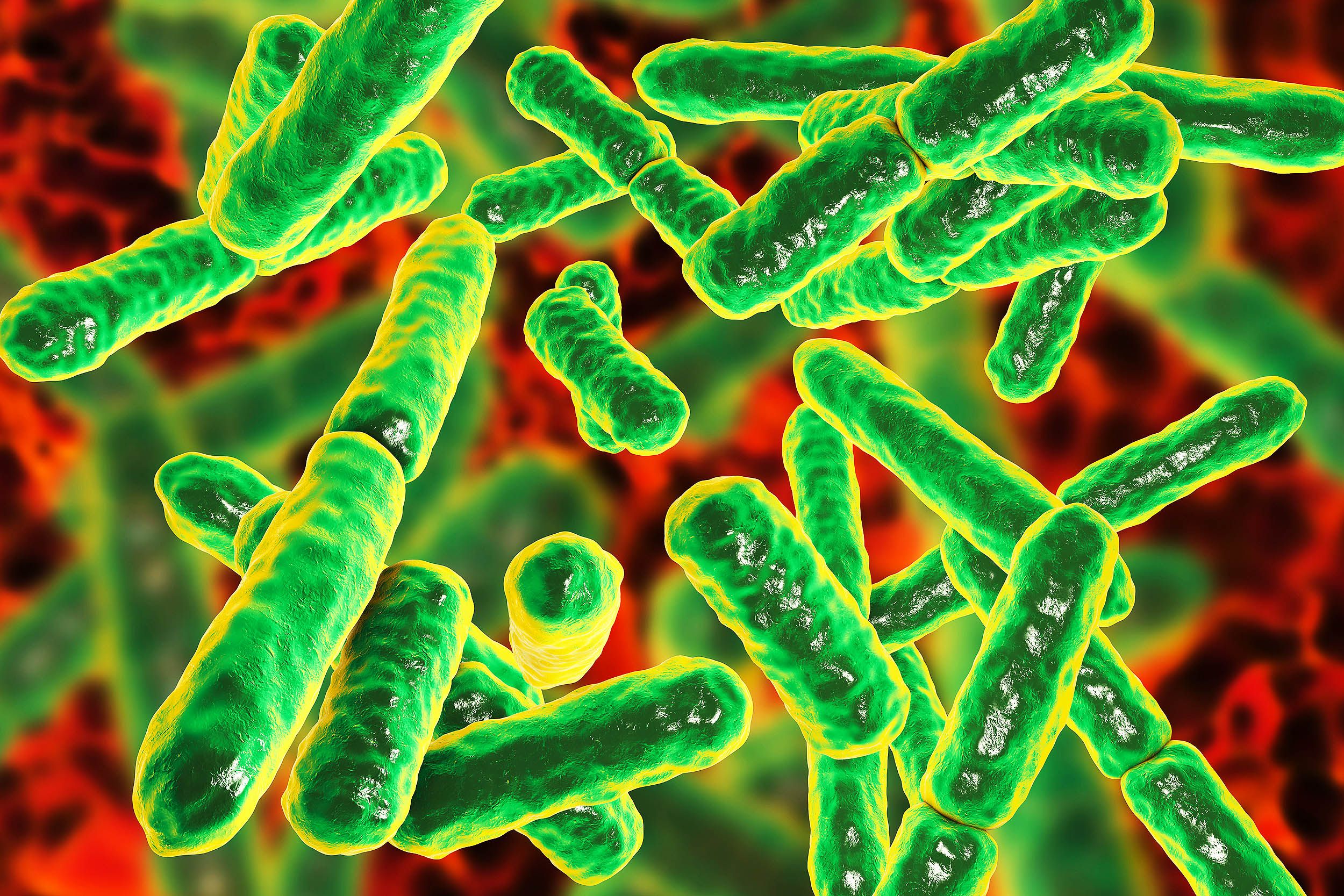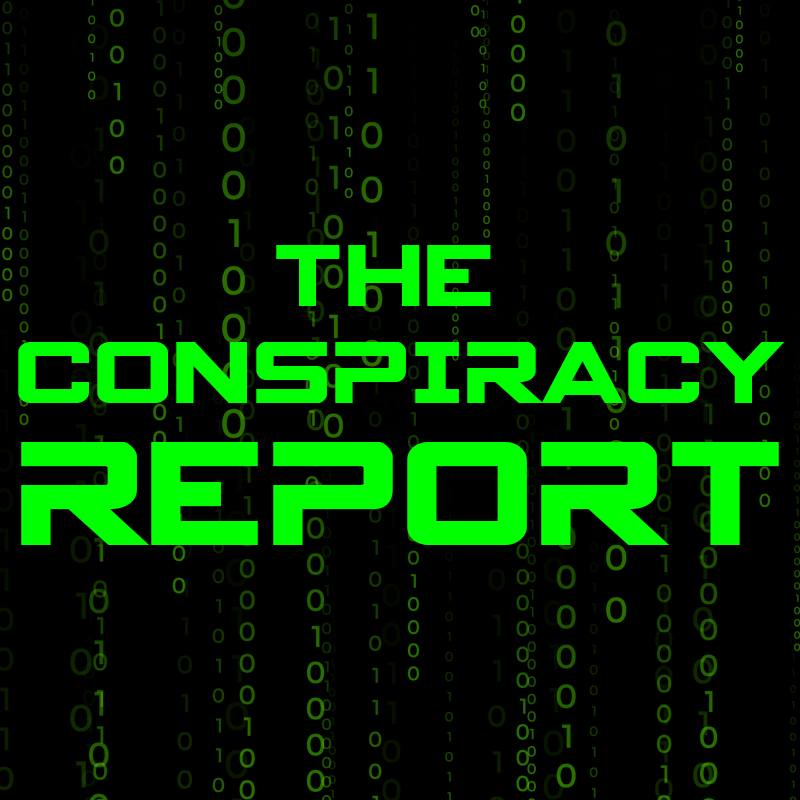
For more than a century man has envisioned life from off the planet as large-eyed and large-brained gray beings. But maybe they didn’t come from outer space. Maybe they originated here on Earth - then mutated in outer space, before returning to Earth…
By Egon E Mosum
When you learn that a UFO researcher can earn a six-figure salary, it kind of makes you want to believe in extraterrestrials.
Maybe those bug-eyed monsters from some other galaxy are really out there. Especially when you could get paid more than a hundred grand a year to look for them in a job with health benefits and a 401k.[1]
For more than a century man has envisioned life from off the planet as large-eyed and large-brained gray beings. Or giant mean carrots like we saw in the 1951 movie The Thing.
Or maybe they are friendly little creatures with lighted fingers, or large-brained skull faced Martians like we saw in Mars Attacks who can only be defeated by listening to Slim Whitman songs.
Or maybe not.
Maybe, what really is out there are just microbial life forms; tiny bugs that can resist the environmental dangers of outer space, or exist on some planet where water isn’t available… either on tap or in the overpriced plastic bottle.
Or maybe they didn’t come from outer space. Maybe they originated from here on Earth - then mutated in outer space, before returning to Earth…
I've just identified the single crypto that's positioned to explode from J.P. Morgan and BlackRock's massive blockchain initiative.
This isn't speculation—the world's largest financial institutions are actively moving real-world assets onto the blockchain RIGHT NOW.
When trillions in assets migrate to this specific protocol, early investors could see gains of 10X, 50X, or potentially even 150X+:
Discover our #1 coin for Summer 2025 now (limited window of opportunity).
The window for early positioning is closing fast as institutional money floods in.
But how could that happen? When thinking of the idea, it isn’t a leap of the imagination to first think of China. After all, they may have in the recent past been the originators of pathogens which eliminated millions of humans from the planet.
Exhibit A: niallia tiangongensis, which is the name given to a bacterium found on the Chinese Tiangong space station. ‘No one is sure if niallia tiangongensis emerged spontaneously in space or hitchhiked from Earth. The bacteria’s robust nature suggests it might survive more than just a few weeks in orbit.’[2]
If it returns to earth with the astronauts, might this space borne bacterium be the next COVID-19? Something to think about, something perhaps to be very concerned about.
Exhibit B: Enterobacter bugandensis. This particular nasty has been found aboard the International Space Station, and what is concerning is this particular nasty ‘is a bacterium notorious for being multi-drug resistant.’[3]
Even more worrisome is ‘the ISS isolated strains were mutated and became genetically and functionally distinct compared to their Earth counterparts.’[4]
The return to earth of a mutated distinct species of an already multi-drug-resistant bacterium could pose incredible dangers to the people of Earth — we might not know how to kill it before it kills us.
Many of us read the classic H.G. Wells’ book, War of the Worlds. In the end of that tale, it was bacteria that killed the Martian invaders. Today, there is a distinct possibility that we might be on the wrong side of that equation, and that what comes from out there in the form of some mutated bacterium ends humanity.
This from a very recent article: ‘Scientists from NASA's Jet Propulsion Laboratory (JPL) in Southern California, along with researchers in India and Saudi Arabia, have discovered 26 previously unknown bacterial species in the clean rooms that were used to prep NASA's Phoenix Mars lander for its August 2007 launch.’[5]
But mutated bacteria aboard spacecraft don’t just pose a threat to humans. They can compromise the space vessel itself and end a mission — as well as the lives aboard the mission craft; a craft like the International Space Station.
In an article from the American Society for Microbiology it was admitted that these space bugs ‘may pose a greater problem for the structural integrity of the ISS itself, and less so for human health.’[6]
What may be even more frightening to contemplate is the arrival of new species of bacteria that have an extraterrestrial origin. That is, space bugs which have never existed on our planet, the coming of which might initiate the ending of life on Earth.
In a University of Vienna study, referenced in Astrobiology in 2020 it was stated ‘Outer space is a hostile environment for any form of life, but some extraordinarily resistant microorganisms can survive.
‘Such extremophiles may migrate between planets and distribute life across the Universe, underlying the panspermia hypothesis or interplanetary transfer of life.’[7]
WHY YOU SHOULD CARE
Anyone reading this article has the recent memory of the worldwide pandemic of COVID-19. How it killed millions across the planet. And how it significantly changed society and governmental power while it was raging.
It was a virus that terrified us.
But, for all of its terrors, it was Earth borne, and was not a ‘Terror from Outer Space.’ Through emergency measures and a great deal of money thrown at the problem, within a short time, vaccines were created (although not without very significant side effects for some who took it), that eventually controlled the spread of the disease.
Combating of the virus, in some countries, brought a return to societal normalcy to those who had been under strict behavioral control by authorities.
Now, imagine what might happen if there was a spread of a pathogen for which there was no way of dealing with it based on existing knowledge. It might be a pathogen that originated here, but became a superbug by the environment aboard a space craft, or the environment outside of one.
It might be a pathogen of extraterrestrial origin that landed on Earth one day, and defied all of the known treatments, procedures and protocols we have in dealing with a potentially lethal virus or bacterium.
It might be the end of life on earth.
It’s crucial that those in charge of our space programs maintain clean room assembly units that are in fact clean — devoid of any microbial life.
It is important that we research methods of controlling and/or eliminating microbial life aboard spacecraft that might have originated from the human inhabitants.
Further, the possibilities of an alien invasion, not by bug eyed monsters, but monstrous little bugs from outer space must be considered as more than science fiction, but as a future possible scientific fact.
Sources:
[1] ZIP RECRUITER https://www.ziprecruiter.com/Salaries/Ufo-Researcher-Salary-in-Tampa,FL
[2] Bacteria found on Chinese space station has never been seen on Earth or anywhere else Eric Ralls, 5/25/25 Earth.Com News

Bacteria on China's space station has never been seen on Earth - Earth.com
Scientists have discovered a new bacteria species called niallia tiangongensis aboard China's Tiangong space station.
[3] Multi-drug resistant bacteria found on International Space Station mutate to become functionally distinct Elizabeth Keller, 4/17/24 PHYS.ORG https://phys.org/news/2024-04-multi-drug-resistant-bacteria-international.html
[4] IBID
[5] Not-so-clean rooms: Scientists discover 26 new microbe species in NASA spacecraft facility Stefanie Waldek 5/18/25 SPACE.COM https://www.space.com/space-exploration/search-for-life/not-so-clean-rooms-scientists-discover-26-new-microbe-species-in-nasa-spacecraft-facility
[6] Out of This World: Microbes in Space 10/25/22 AMERICAN SOCIETY FOR MICROBIOLOGY https://Out of This World: Microbes in Spaceasm.org/articles/2022/october/out-of-this-world-microbes-in-space
[7] How Extremophilic Bacteria Survive In Space For One Year Keith Cowing 11/5/20 ASTROBIOLOGY https://astrobiology.com/2020/11/how-extremophilic-bacteria-survive-in-space-for-one-year.html
